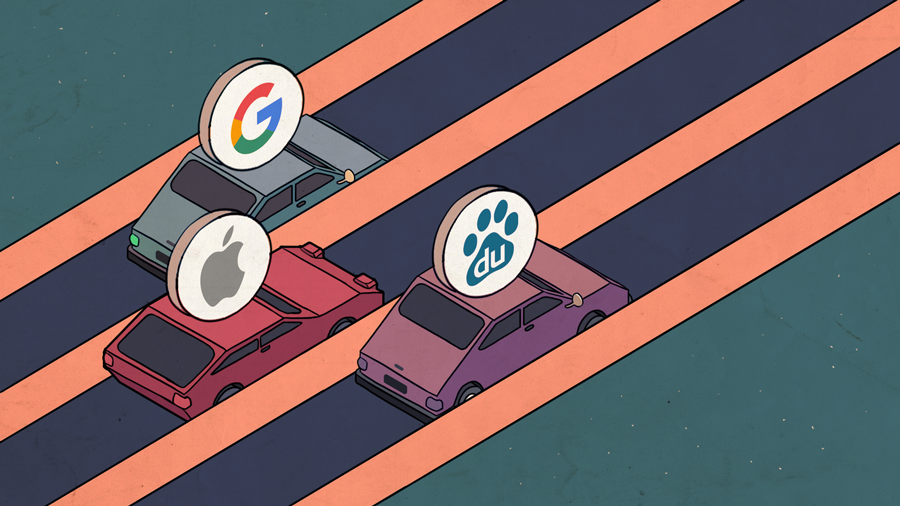A few weeks ago we wrote about how established startups like Brex and Eaze are using outdoor advertising to get attention from consumers who are overly saturated with online advertisements.
Subscribe to the Crunchbase Daily
Now, let’s look at the other side of that story.
The startups we talked to, including Brex, Eaze, and Snowflake, said that they think consumers are tired of Facebook and Instagram advertisements. Especially because you can scroll past them. So every company, these days, is looking for new ways to differentiate themselves
Therein lies the challenge: Bay Area companies must majorly rely on one key player within San Francisco, Clear Channel, if they want to use billboards. That’s a lot of power for one corporation. For a company like cannabis-delivery company Eaze, which relies on outdoor advertising as a necessary legal way for promotion, it’s the only option.
And where there is a challenge, there are often startups looking to step in. We decided to take a look at several companies helping outdoor advertising become more accessible.
Blip
Utah-based Blip helps companies “buy as much or as little digital billboard advertising space as you want.” Customers can buy space on a billboard in terms of “blips” which the company defines as anywhere from 7.5 to 10 seconds on a rotating billboard, according to the website. For $20 a day, advertisers can get 527 “blips.” For $100 a day, they can get 2633 “blips.”
Boxi
Los Angeles-based Boxi is an innovative, tech-infused truck advertising company. It puts advertisements on delivery box trucks for drivers that are independent contractors for delivery services like Amazon. Paying customers can have their advertising campaigns on the road in as little as 15 days, according to the company.
On average, drivers make $3,000 to $5,000 a year on a single truck, according to the company. Founder Neal Pecchenino said Boxi has had drivers with multiple vehicles make upwards of $30,000 in a year.
He added that Boxi earned $1.1 million in revenue in its first year, and is on track to double in its second.
Firefly
We’ve written about Firefly before when it raised a $30 million Series A. The company pays ride-hailing drivers up to $300 a month to sport digital ads atop their cars. The San Francisco company recently expanded operations to New York. Most recently, Firefly CEO Kaan Gunay told me the company is working on a way to partner with sustainability groups. Imagine pollution sensors built into the company’s display, measuring carbon dioxide levels on a street-by-street level.
“We’re prototyping partnerships to work with the state to detect where to go during California wildfires (to allocate resources),” he said.
Wrapify
San Diego-based Wrapify works with ride-sharing drivers to display ads on their rides. Unlike Firefly, it doesn’t just work with ride-hailing drivers. It works with normal drivers who have cars and want extra money. It has raised just shy of $10 million to-date.
Essentially drivers sign up with an app, get their car wrapped for free, and then get paid per mile based on a variety of factors, including distance and density during their travels.
The process can net drivers between $264 to $452 a month, according to the company website. Wrapify has 200,000 drivers nationwide. While the company would not offer specifics on revenue, CEO James Heller said they are looking to break $10 million in projected revenue in the next 12 months, so we can reasonably assume that the company is growing.
With traditional advertising “you get to a point where you start overspending, and you’re not driving the needle,” Heller said. While he looks forward to a day when there are too many Wrapify cars on the road, presently their rarity helps them stand out – and helps advertisements shine, he said.
“Most of the money that comes to Wrapify is not being pulled away from other traditional out-of-home markets,” he said. “It’s being pulled away from platforms like Google and Facebook.”
To Close
When I caught up with Elizabeth Ashford, head of communications from Eaze, she explained how the company’s decision to use billboards is “less about making a choice to focus on traditional advertising, but more a necessity of utilizing what is available in the industry.”
She said the fact that Apple doesn’t support cannabis applications on its devices hurts Eaze’s marketing efforts. Although billboard advertising has helped Eaze reach consumers, Clear Channel retains full jurisdiction on where to place its billboards.
While Eaze is just one example of an addressable market for the aforementioned startups, to me, it’s an example that isn’t going away any time soon — out of necessity.
Illustration: Li-Anne Dias.
Editor’s note: A previous version of this article said that Wrapify’s headquarters were in San Francisco. It is based in San Diego. An update has been made to reflect this change.

Stay up to date with recent funding rounds, acquisitions, and more with the Crunchbase Daily.







![Illustration of stopwatch - AI [Dom Guzman]](https://news.crunchbase.com/wp-content/uploads/Halftime-AI-1-300x168.jpg)



67.1K Followers